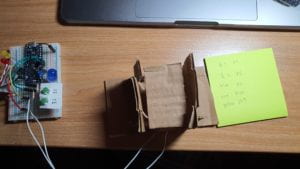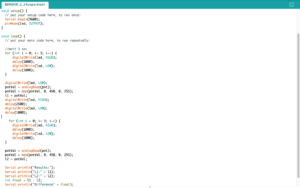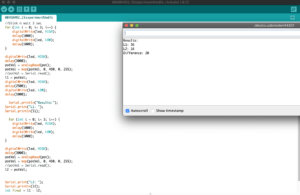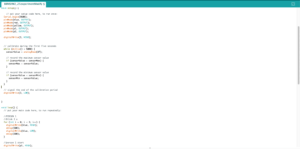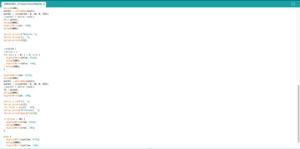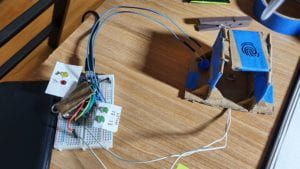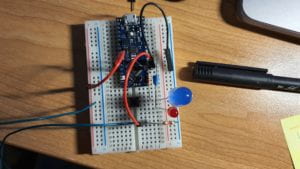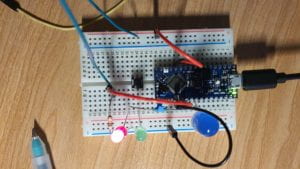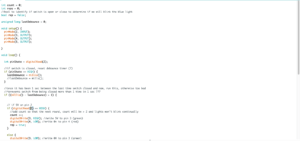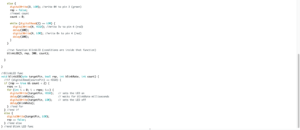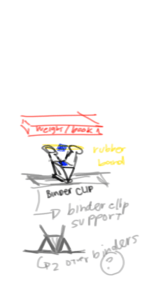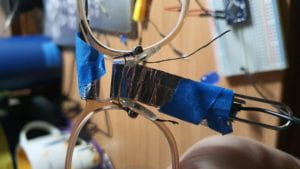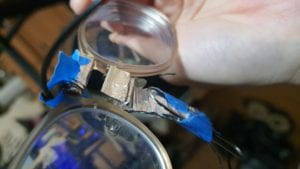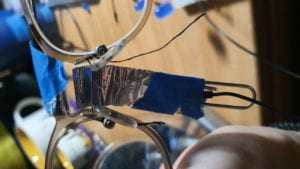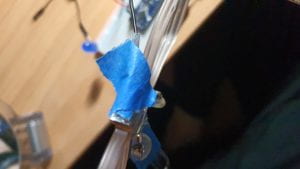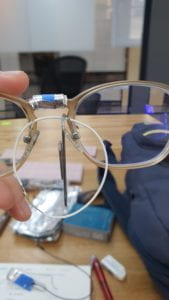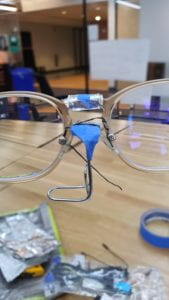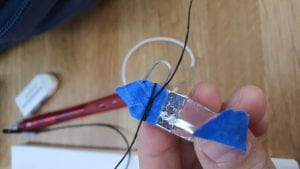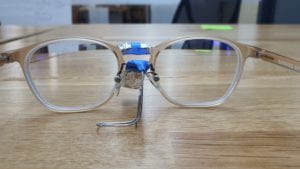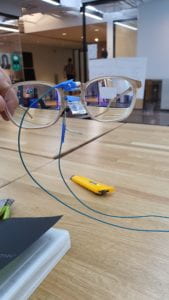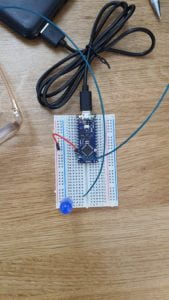(We were both very indecisive)
We started out by determining input: Movement (muscle sensor, flex sensor), Force, Temp, Switches (Magnets), Light, Orientation
Then we hypothesized on various outputs. We agreed that utilizing the flex sensor would be our main interest and utilizing magnets would be the next.
We then identified outputs: light (LEDs), movement (DC motor/step motor), or sound
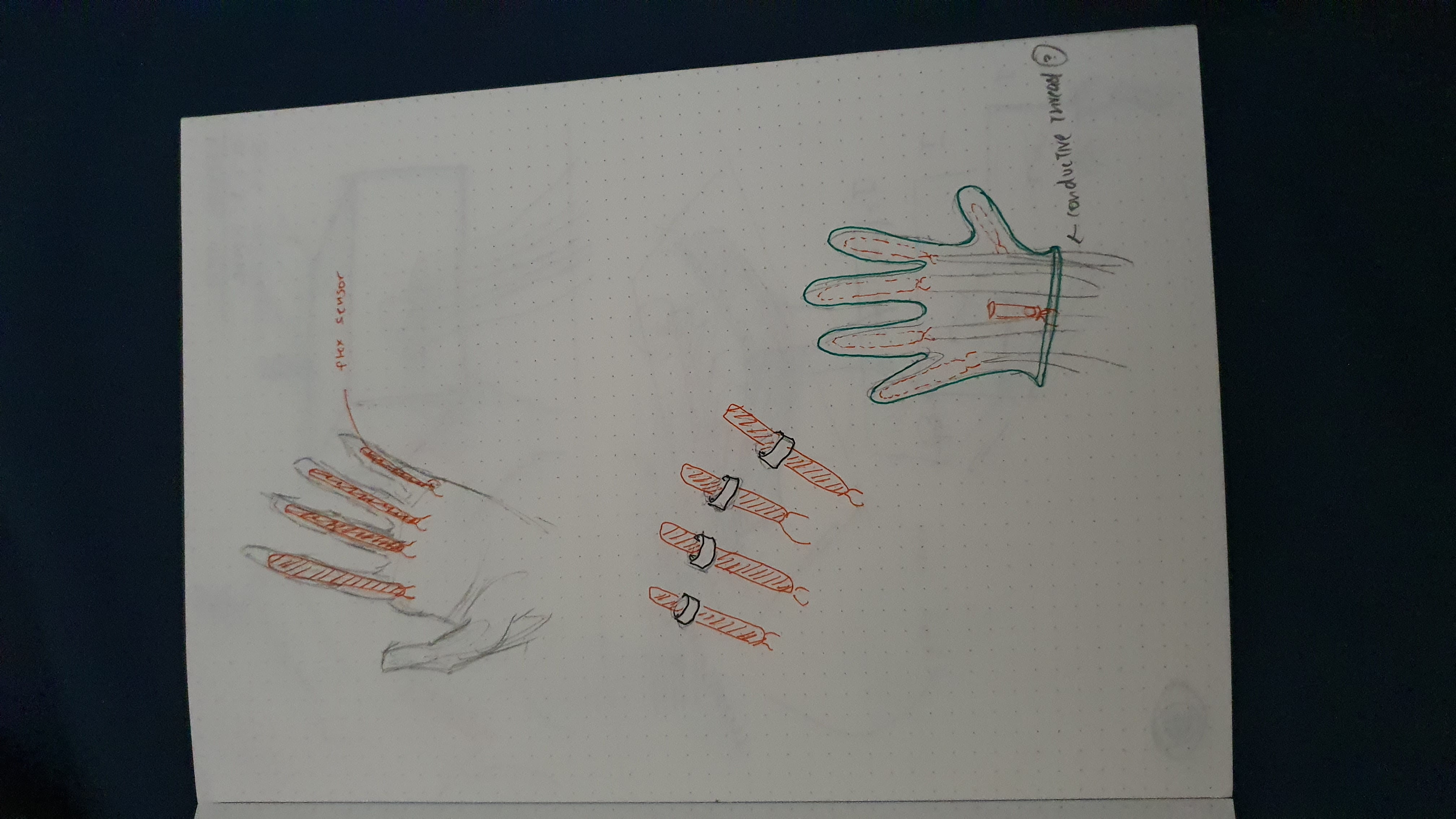
The picture above is inspired by those wearable keyboards.
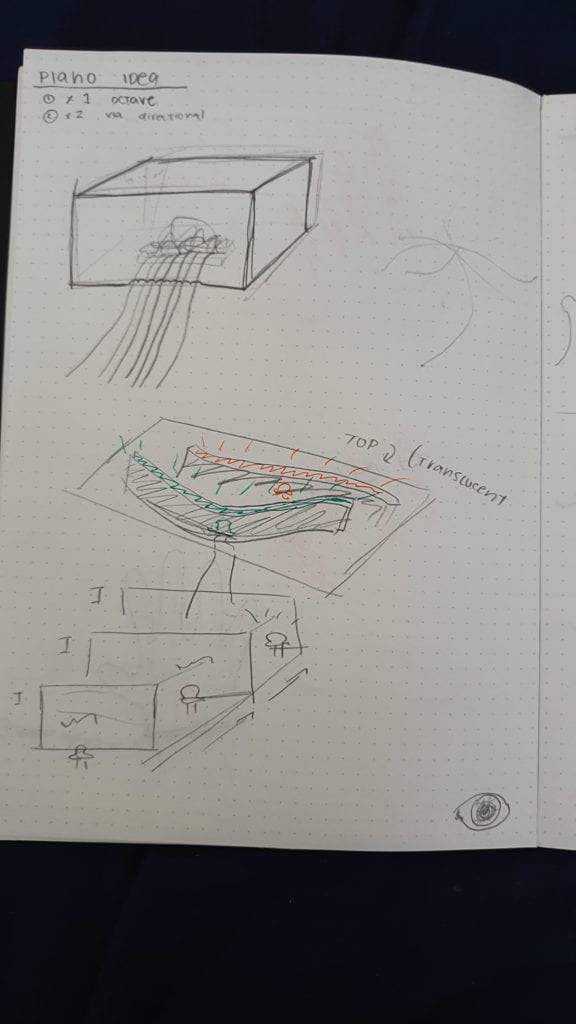
In the photo above, we were thinking about a piano concept bu using a piezo to produce tones at different frequencies. We drafted a body for it where the top, inspired by the aurora borealis, is translucent (resin print?) and has various flowy lines to present a combination of lights. The other idea for light output would be done through walls that are incrementally higher that have their own color of LEDs (similar to current world trade station–oculus building?–but with color).
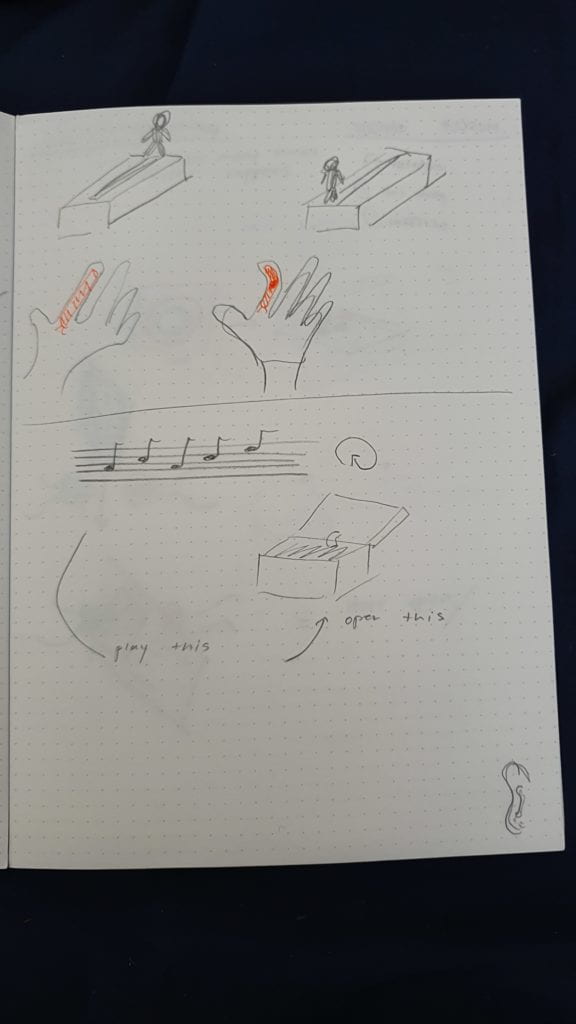
Upon the mention of superpowers, Telekinesis came to mind, which provided us with another use of the flex sensor to move an object via a motor.
The latter half is more cryptographic where a sequence of notes is heard and one must correctly play them via flex sensors to open something or make a message appear.
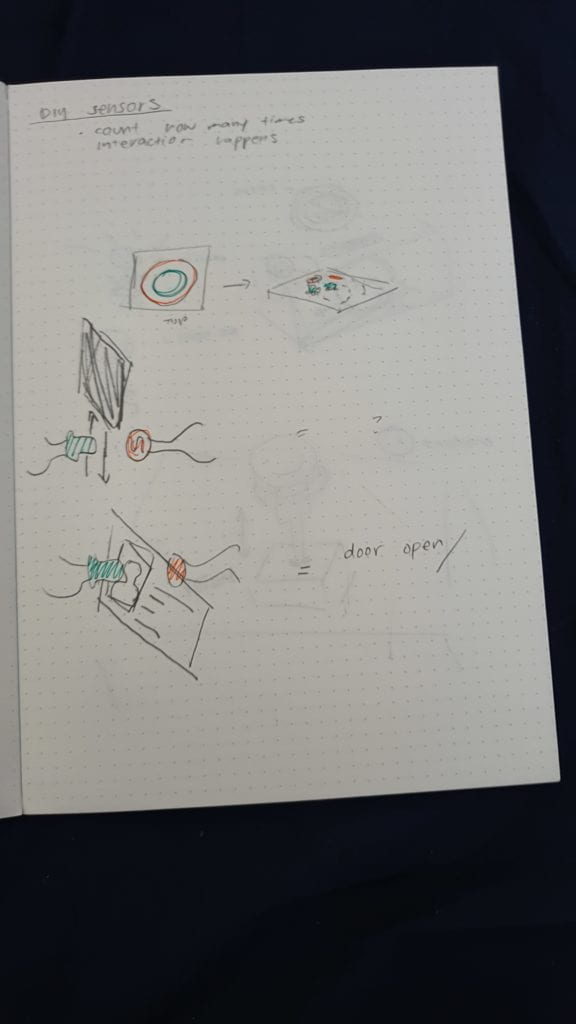
The circular thing above is a circle of photosensors and LEDs underneath a translucent surface where you can slide your finger around and the appropriate LEDs light up. (an example of a function could be a volume control mechanism – photosensors activated goes from low to high = raise and vice versa OR it could just be pretty lights)
The bottom one is a fake identification machine where the presence of an id card 9or business card or etc) will block light and therefore cause something to happen (like allow access/open door – think NYU ID Card. . .but fake)
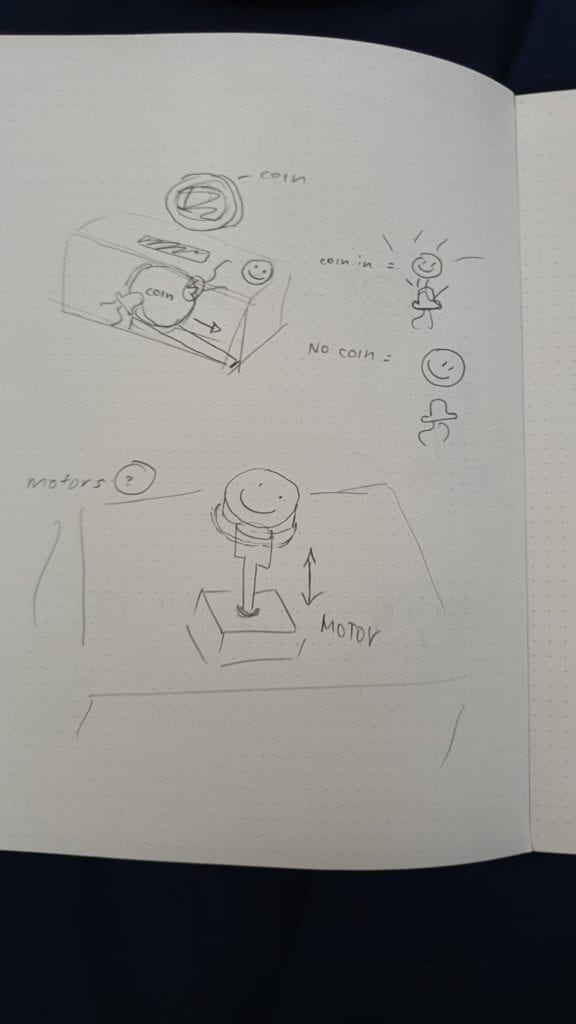
Above is a similar concept but with coins. Where the machine reacts by either making a smiley face protrude or light up or both upon addition of a coin.
